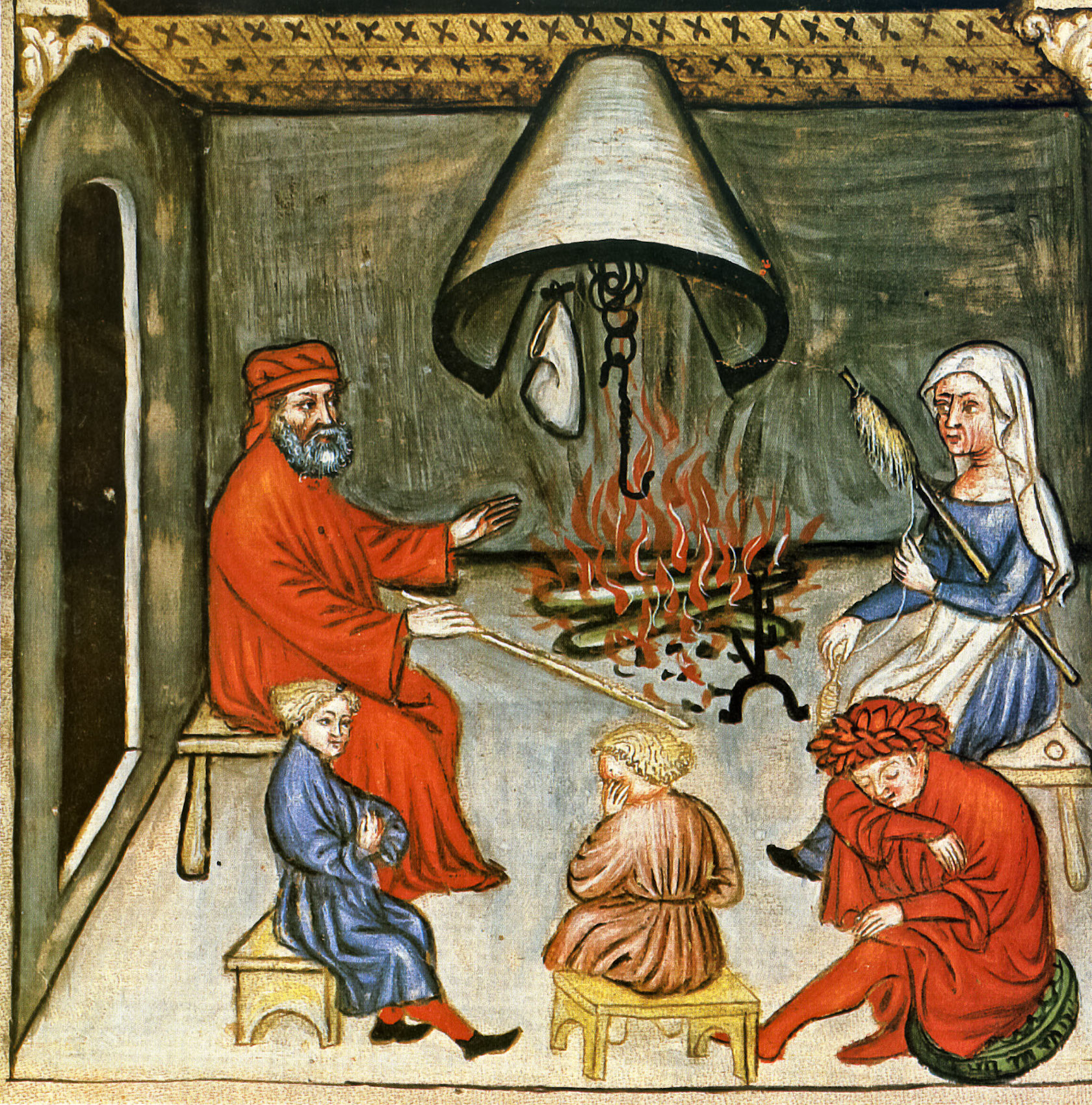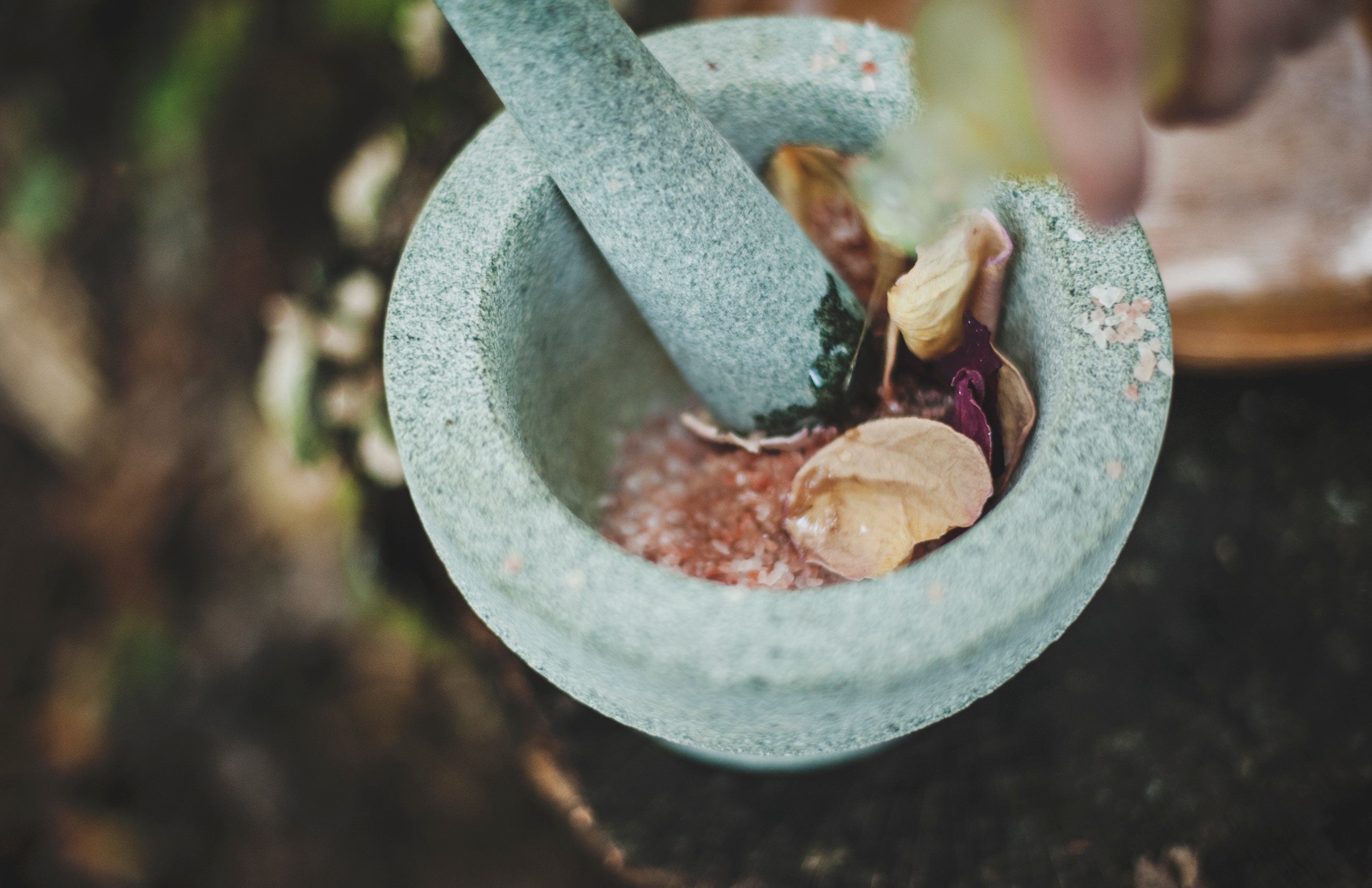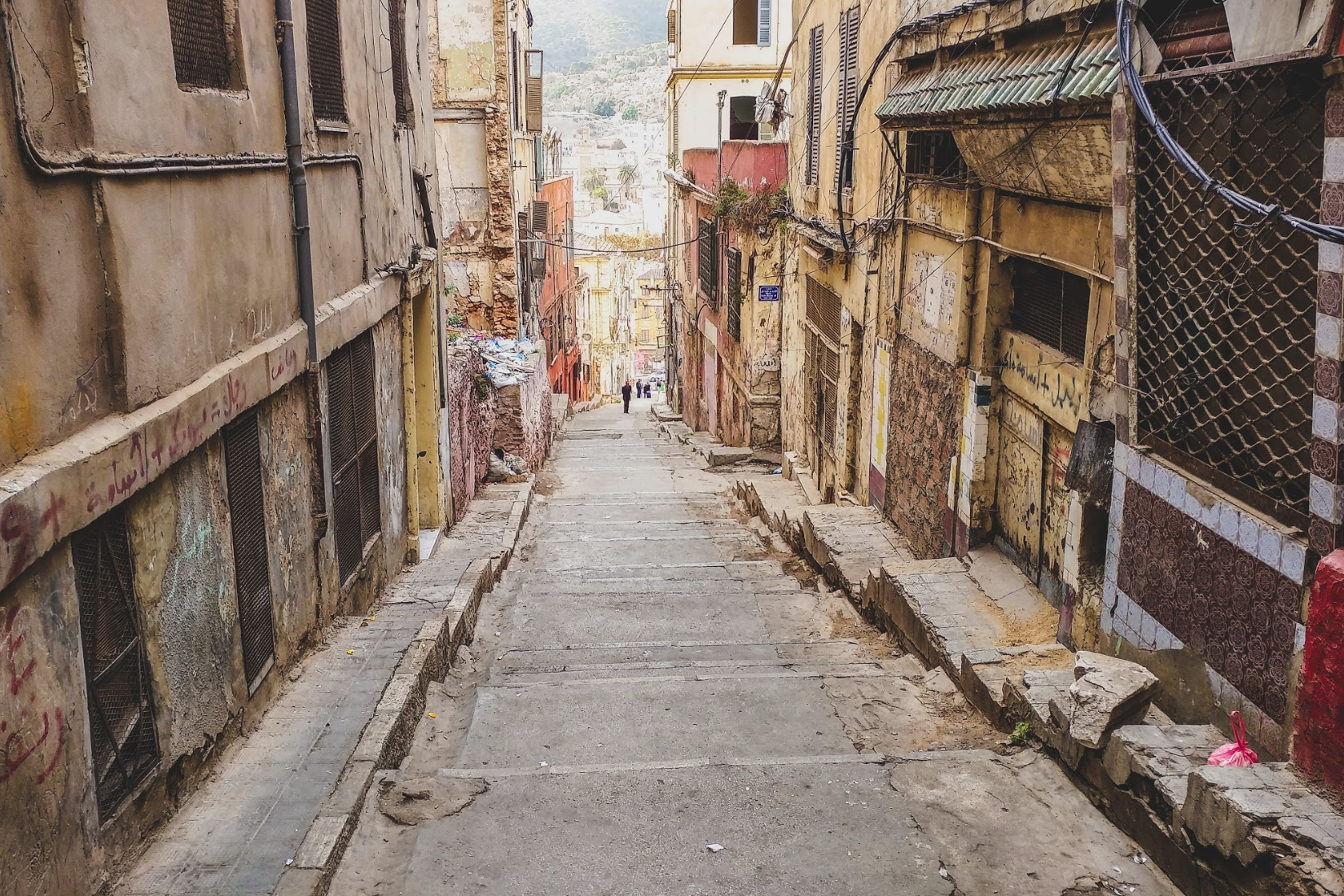This is what I learned when I attended a workshop on medieval sauces with Laura de Castellet who is a medievalist historian and publicist. She transported us to the best of the time.
I saw images in front of the fireplace roasting a not very luxurious beast, watching that little fat one full of flavour fall. On a night crushing the spices with a mortar by the light of a lamp fed with olive oil.
What do you mean, light the lamp with olive oil?
As Laura explained to us at that time, at least in the area of northern Catalonia, olive trees were few and far between and controlled by the church. Olive oil was a precious commodity for giving light, it was expensive and scarce, so it was used exclusively for this purpose. This is known thanks to the fact that inventories of the time have survived, which were included in the wills.
The cuisine of the time in this area was based on stews and game roasted on the fireplace, as there were no stoves yet. In order to give some flavour to the meat, a container was placed underneath it to collect the juice and the fat that the meat gave off on the fire. This was the base for the sauces.
It was not yet eaten with a fork, but the pieces of meat were cut and placed on a piece of bread or a bowl. And to brighten up the dish a little, sauces were prepared with available ingredients. The meats that were consumed were mainly pork, lamb and to a lesser extent pigeons, snails and squirrels. Cows were used for dairy products and chicken was extremely expensive, usually consumed only once a year.

Foto: Retablo del Tacuinum Sanitatis


